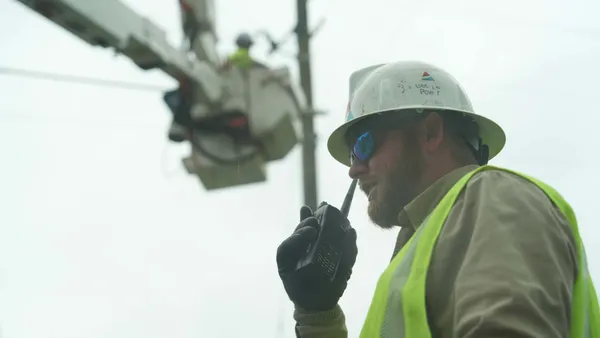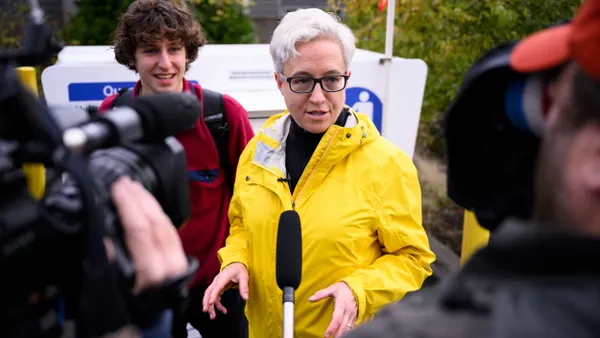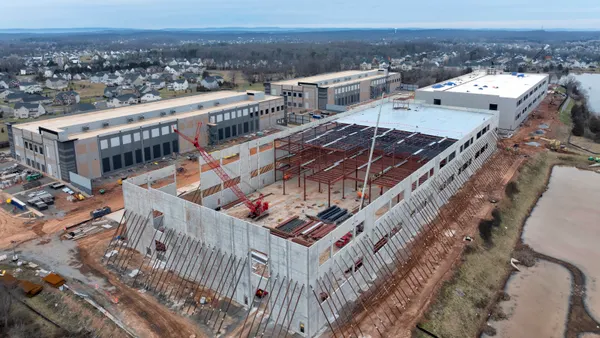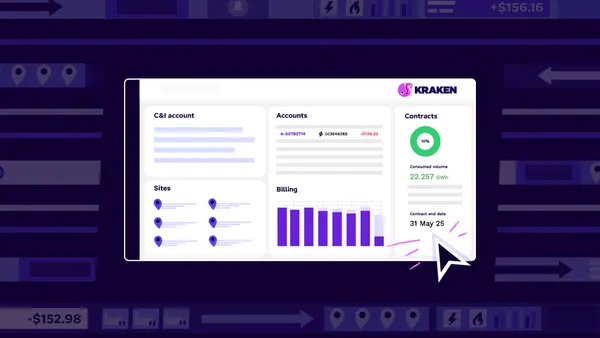The distribution grid is experiencing exponential growth of behind-the-meter DERs (distributed energy resources), including solar photovoltaic, electric vehicles and batteries, which are valuable resources that can help balance the grid and accelerate the energy transition.
By 2030, it is forecasted that the number of distributed energy resources (DERs) will grow by sevenfold, while the number of electrical vehicles will potentially increase 18x, and in Europe alone, up to 60 million more heat pumps will be installed. One of today’s top priorities in the energy industry is to increase grid capacity while maintaining stability with decentralized and intermittent resources.
However, the traditional distribution system was not built for two-way power flows and ever-increasing loads. This is leading to more frequent and extended overloads and over/under voltage in equipment – transformers, feeders, and substations. As a result, their lifespan is declining in an unknown manner and eventually, equipment is failing and outages occurring.
Sabine Erlinghagen, CEO Siemens Grid Software, demystifies the digital solutions to enable a future-proof grid, and shares how Siemens’ new Gridscale X software can support utilities to manage the energy transition.
1. What is top of mind for the utility industry right now?
One of today’s top priorities in the energy industry is to increase grid capacity while maintaining stability with decentralized and intermittent resources. In many regions, due to increased electricity demand, there is a need to double the capacity in as little as seven to twelve years. Existing grids are at their limit, hindering progress on decarbonization and the energy transition towards net-zero. A second challenge is the exponential growth of distributed energy resources (DERs). This brings an unprecedented level of complexity to grid management - and presents a huge risk to grid stability and quality of service.
2. What is the connection between visibility and grid capacity?
Most utilities can quantify the adoption of behind-the-meter DERs, but they lack the requisite detail needed to understand the location and behavior of these resources—both of which are necessary for effective grid management. Limited visibility can create a range of operational challenges – from the ability to conduct interconnection analysis to planning infrastructure upgrades to prevent issues that hinder performance. Additionally, a lack of visibility prevents utilities from knowing how much capacity they have left. As a result, they must be cautious and potentially reject connection requests they could have technically accepted. Another common outcome is making plans to build unnecessary new capacity, which is timely and expensive when they could have managed this in a more cost and time-effective way by maximizing already existing digital solutions.
3. How can utilities harness the power of technology to mitigate these challenges?
Utilities can benefit immensely from the power of innovative technologies. With software, utilities can move closer towards autonomous grid management, operating closer to the physical limits of the grid and reducing technical losses. Furthermore, software can turn DERs from a burden into an asset, by unlocking their full potential for flexibility. Siemens recently conducted a study of 100 decision-makers within the utility industry in North America and found that technology could play a significant role in increasing DER visibility, as it can help with precise forecasting, leading to more efficient planning and operations.
4. Siemens has just announced the launch of Gridscale X™. Can you share more about this?
Siemens has launched Gridscale X, making grid transformation easier and faster at scale. Gridscale X supports grid operators to tackle their most pressing challenges with software that is easy to deploy and integrate into an existing landscape. Most importantly, all the products are interoperable, open, flexible, as-a-service, and cybersecure. This ultimately paves the way towards autonomous grid management, empowering grid operators to successfully deal with the complexity of DERs, reliably operate grids closer to their physical limits, avoid operational inefficiencies, and efficiently plan for capacity expansions.
5. One of the newly launched Gridscale X software products is called DER Insights. How could this bring us closer to the future of autonomous grids?
DER Insights was developed as part of a co-innovation initiative with four North American utilities – and is the key for ensuring reliability while enabling an increase in flexibility of the distribution system. It provides grid operators with insights on how behind-the-meter DERs are impacting the grid at the transformer level - creating a level of visibility that has never been seen before. With these insights, operators can make smart, data-driven decisions for optimizing the allocation of capital investment for the most critical infrastructure upgrades, while significantly reducing unplanned operation and maintenance costs.










